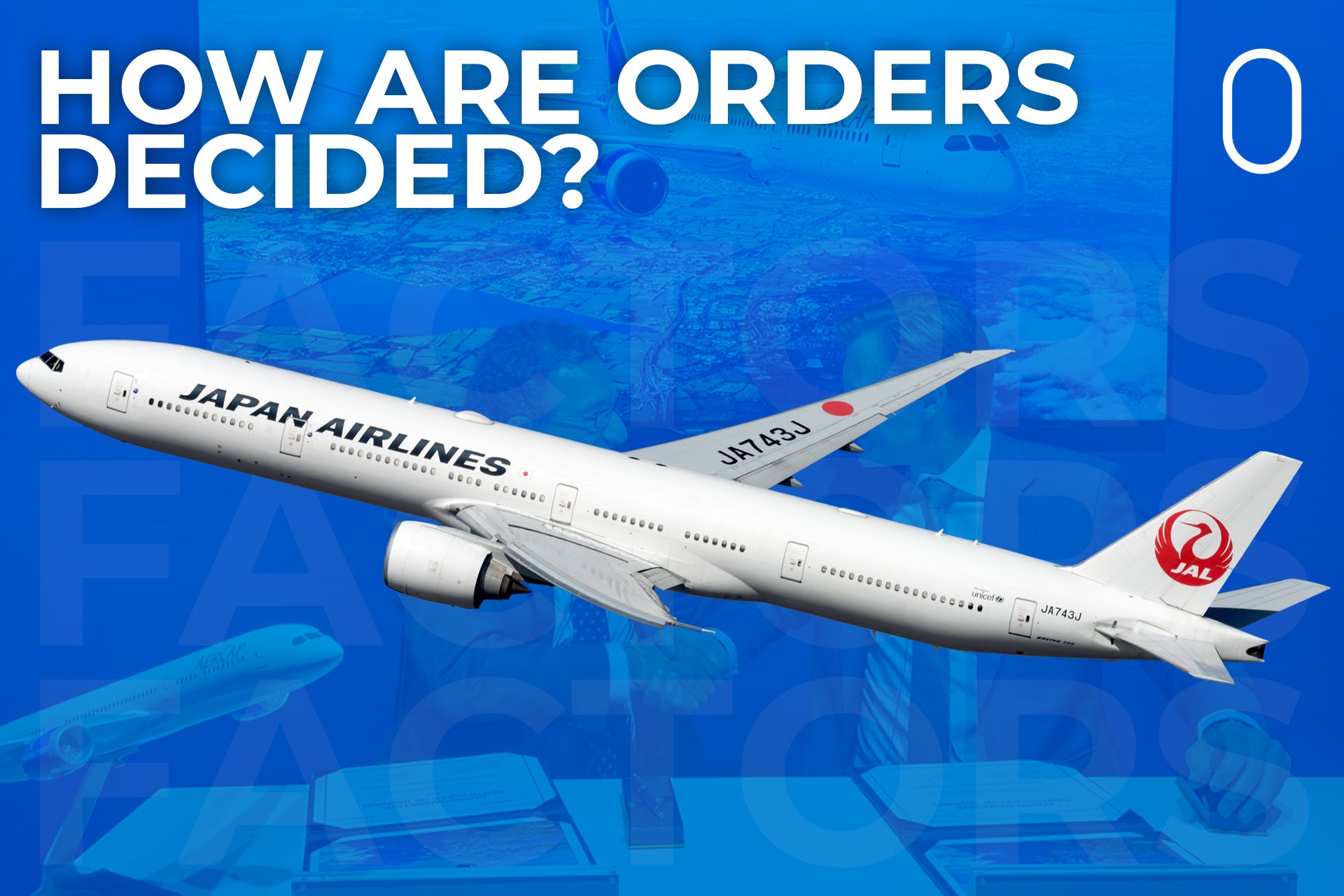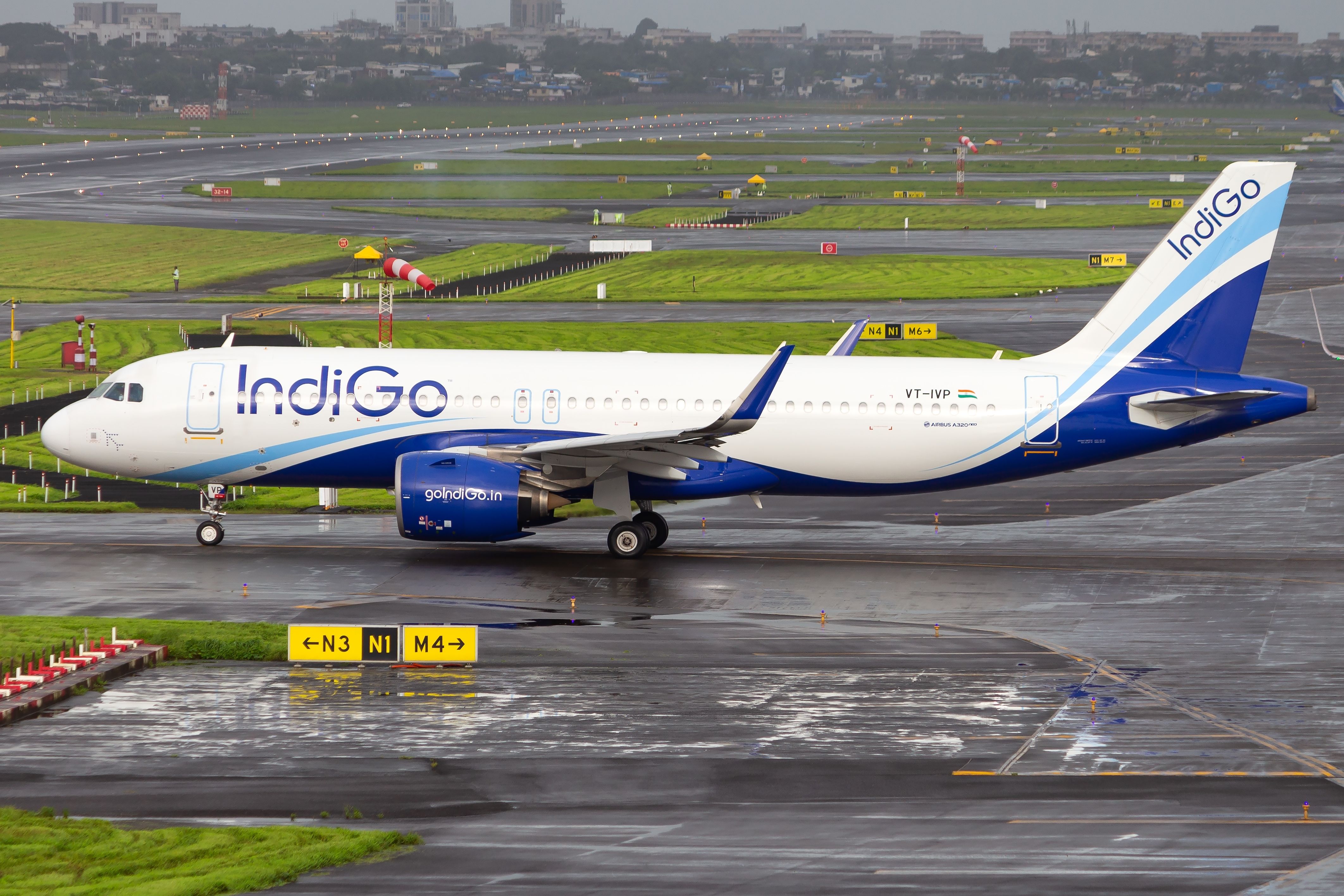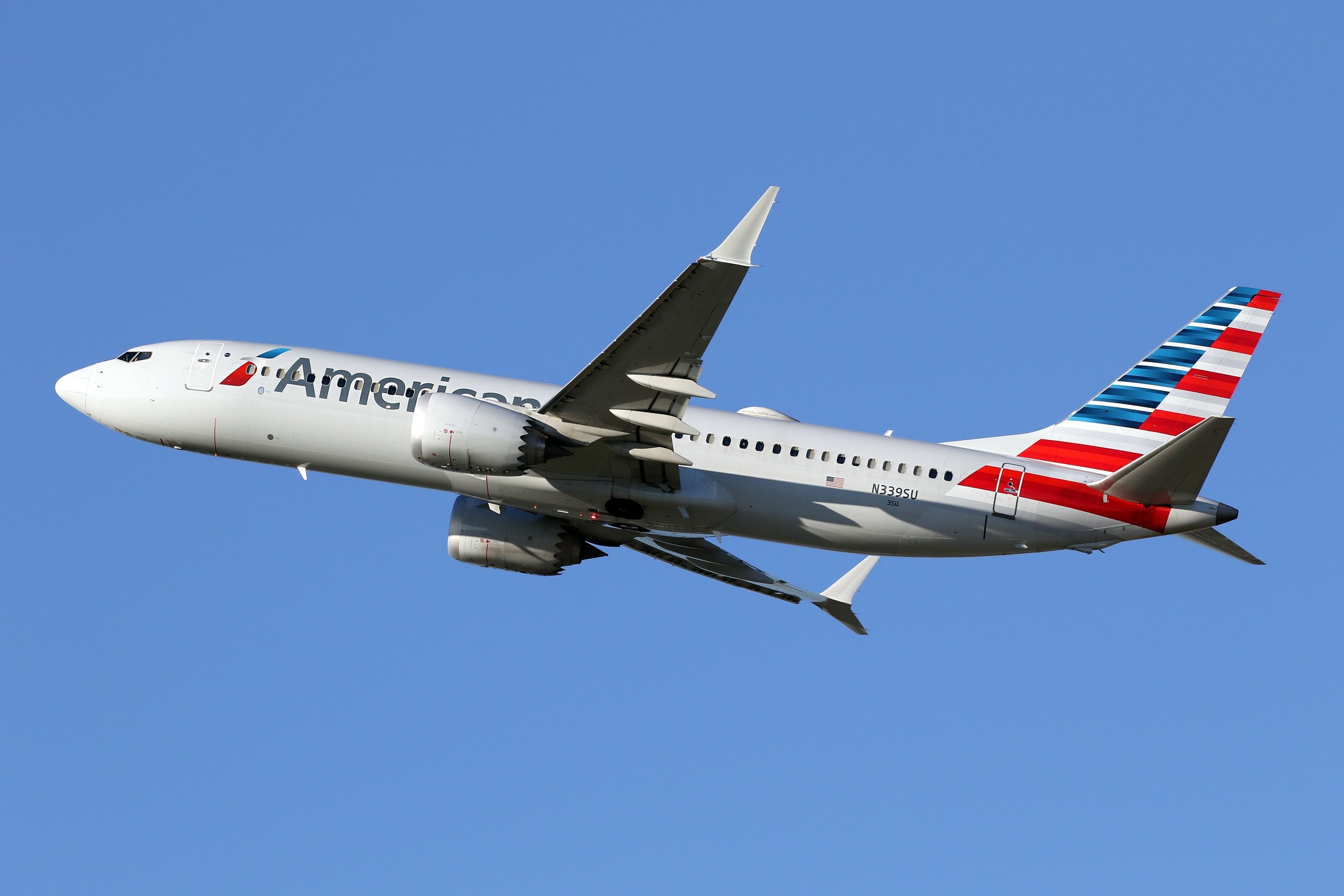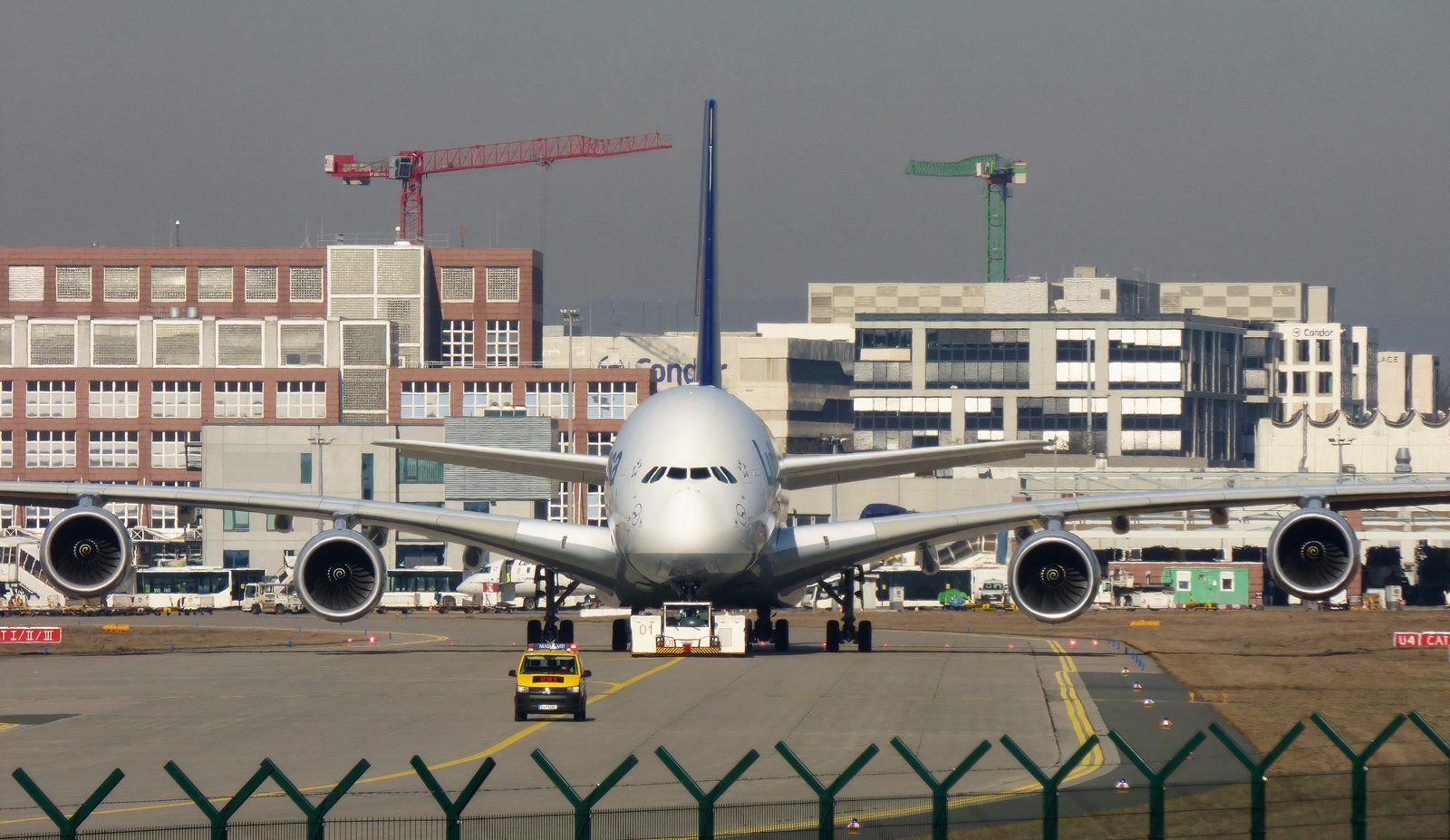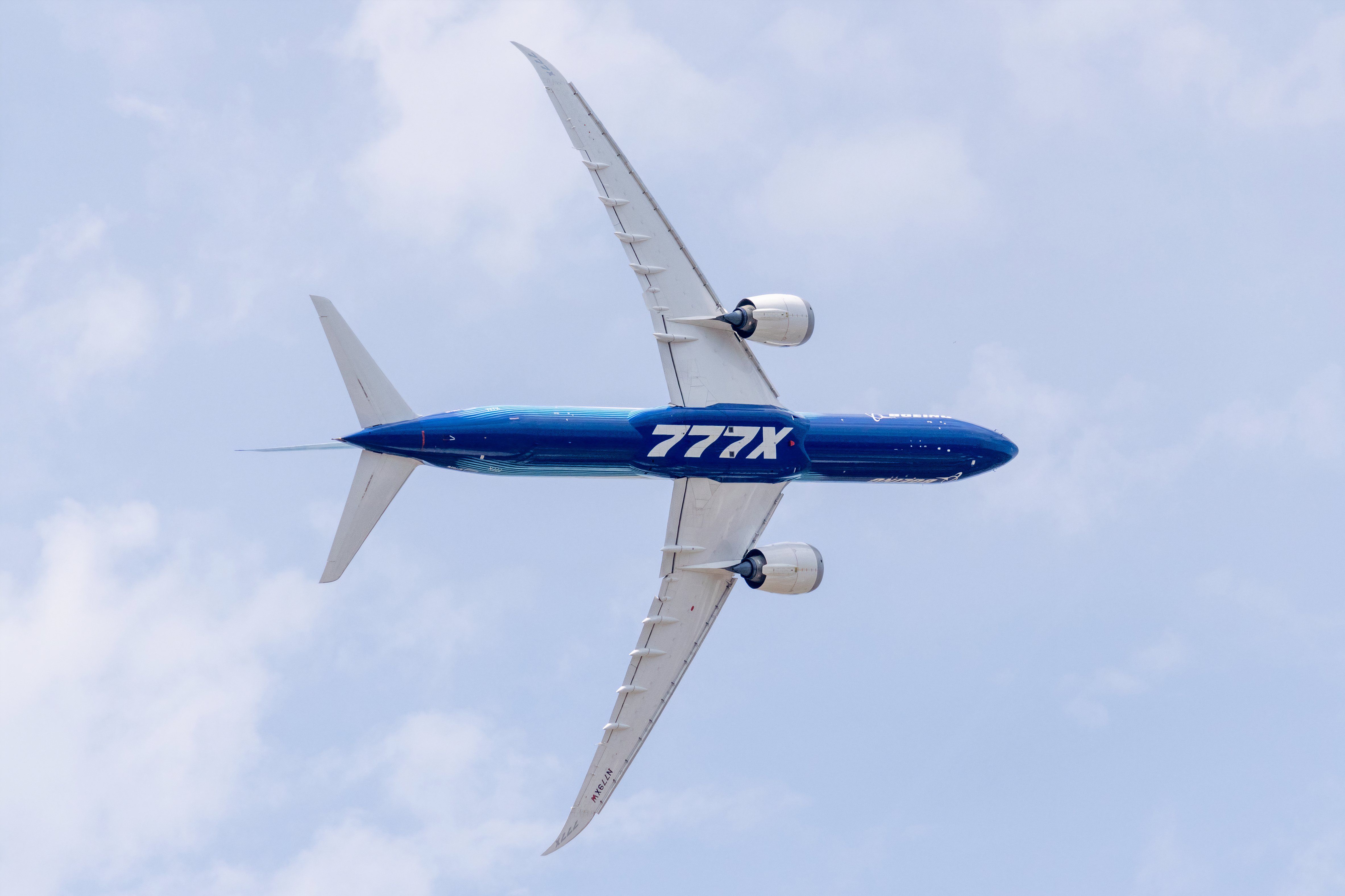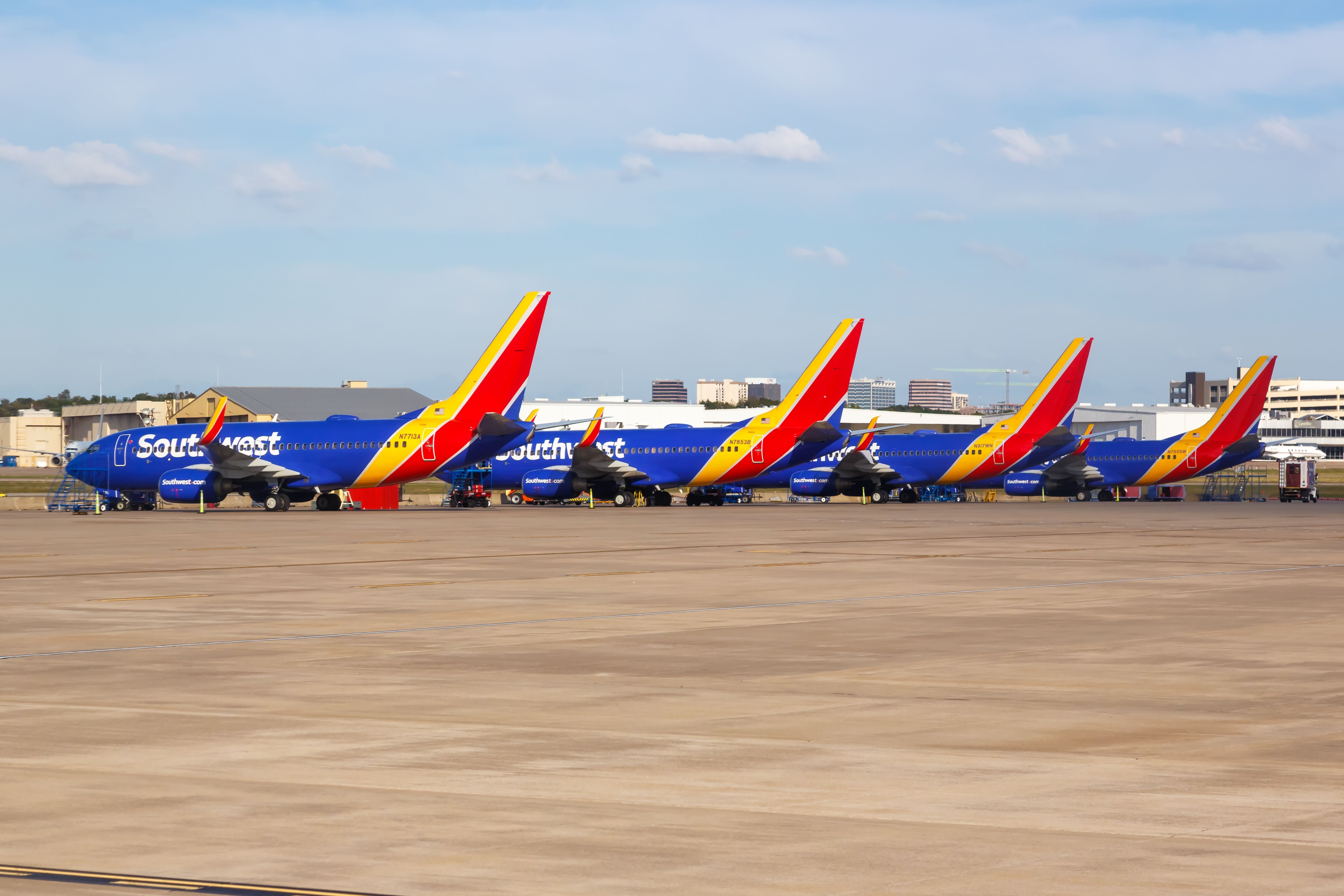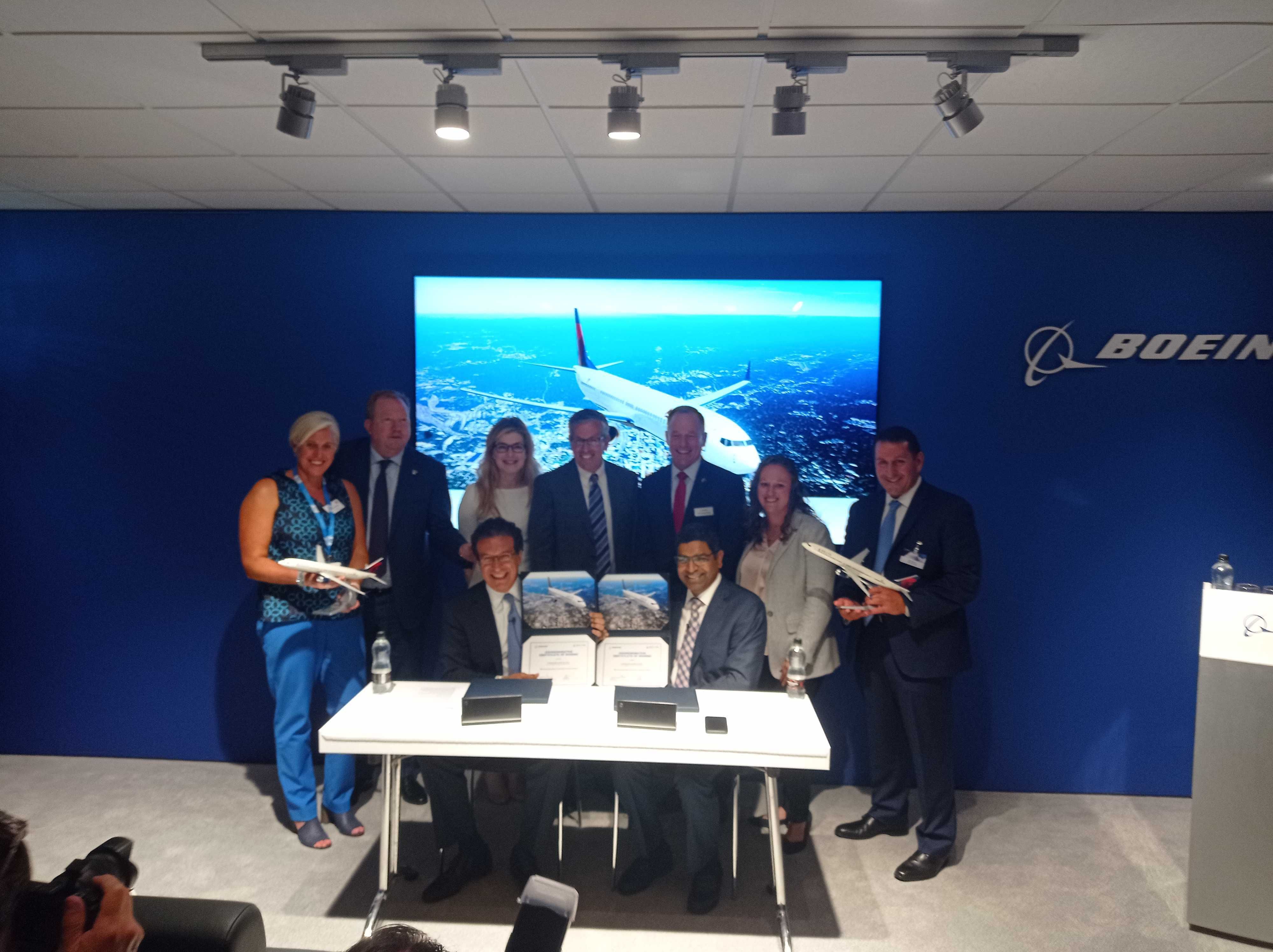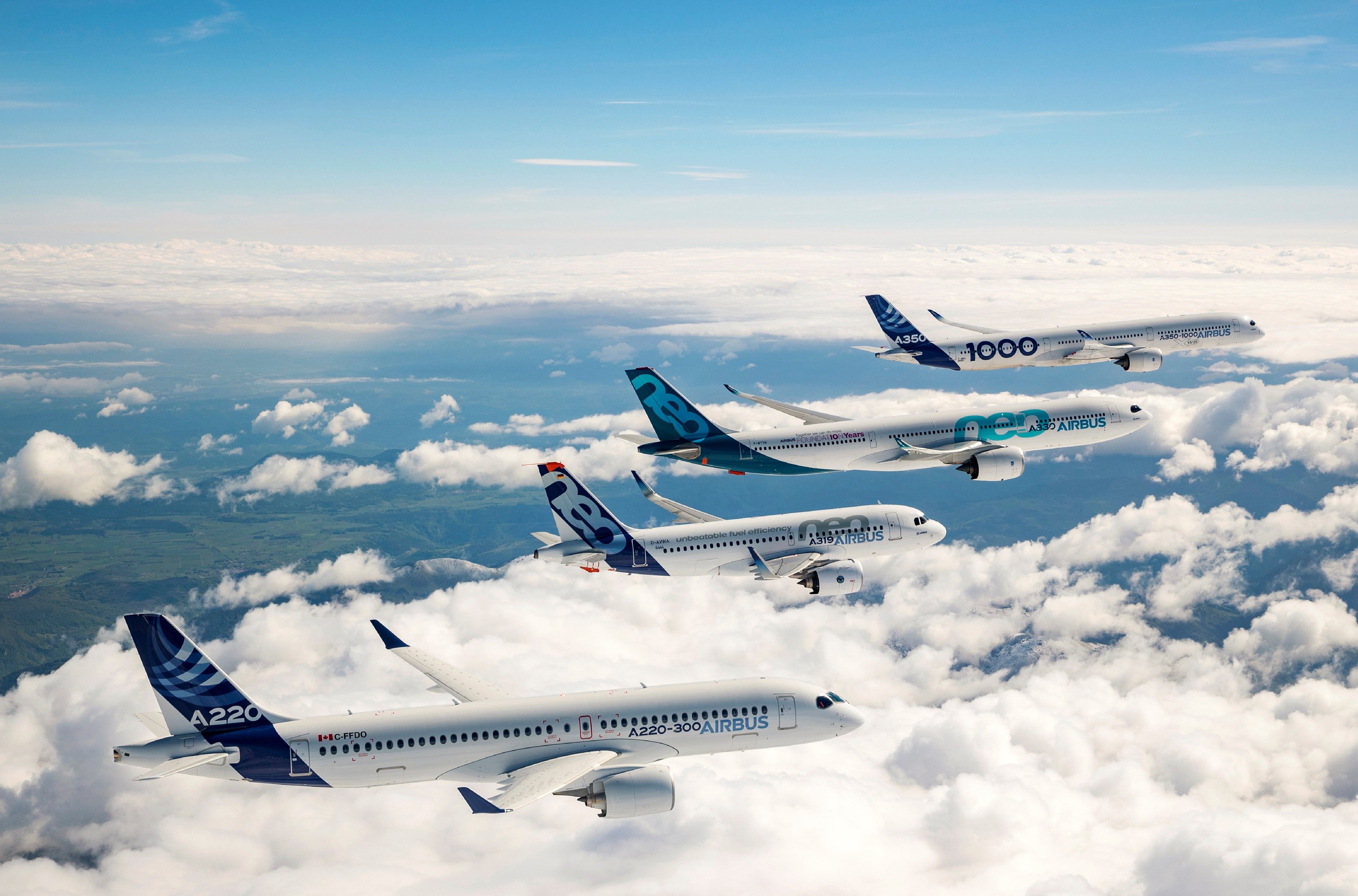Summary
- Airlines base aircraft orders on future demand projections for growth, routes, and market conditions.
- Strategic fleet planning involves retiring older aircraft to maintain efficiency, reduce maintenance costs, and adapt to technological advancements.
- Price negotiations and relationship building with manufacturers play a significant role in aircraft purchases for airlines.
Aircraft orders are an important part of the industry. Manufacturers, of course, want orders for their products. And airlines need the right orders in place at the right time. Ordering and delivering aircraft is not a fast business – so plans must be made ahead to meet demand and minimize risk.
|
Airbus net orders in 2023 |
Boeing net orders in 2023 |
|
2,094 |
1,314 |
Obviously, factors such as aircraft specification and performance are important. The aircraft ordered needs to be able to handle the routes and conditions planned. But there is more to consider about fleet, aircraft price and value, and aircraft operations.
Airline demand and forecasts
It may seem obvious, but the first factor to consider is the need for new aircraft. You do not buy something you do not need, and nor would an airline. Aircraft orders are placed very much in line with expectations for future travel demand and routes to be flown. Airlines plan their growth projections many years in advance, and that is why they order aircraft for the future and not the present.
Photo: BoeingMan777 | Shutterstock
Some examples of this include the large orders made by India-based airlines over the past few months. With the country set to become the largest aviation market in the world, India’s carriers are gearing up for massive growth.
For example, IndiGo, India’s largest airline, ordered 500 Airbus A320neo family aircraft in June 2023, taking its total order book at the time to around 1,000 aircraft, covering its needs for decades to come, according to Pieter Elbers, the chief executive officer (CEO) of IndiGo.
The Indian airline has continued adding aircraft when it ordered 30 Airbus A350-900s in May 2024. While it has operated widebodies on a wet lease basis, this was the first time when the low-cost carrier outright purchased twin-aisle aircraft, meaning that it was ready to expand beyond its current fleet of narrowbody aircraft.
“Today’s historic moment marks a new chapter for IndiGo and will further shape the future of the airline and for Indian aviation at the same time. For IndiGo, after successfully pioneering the Indian skies with an unprecedented journey, its fleet of 30 Airbus A350-900 aircraft will allow IndiGo to embark on its next phase of becoming one of the leading global aviation players.”
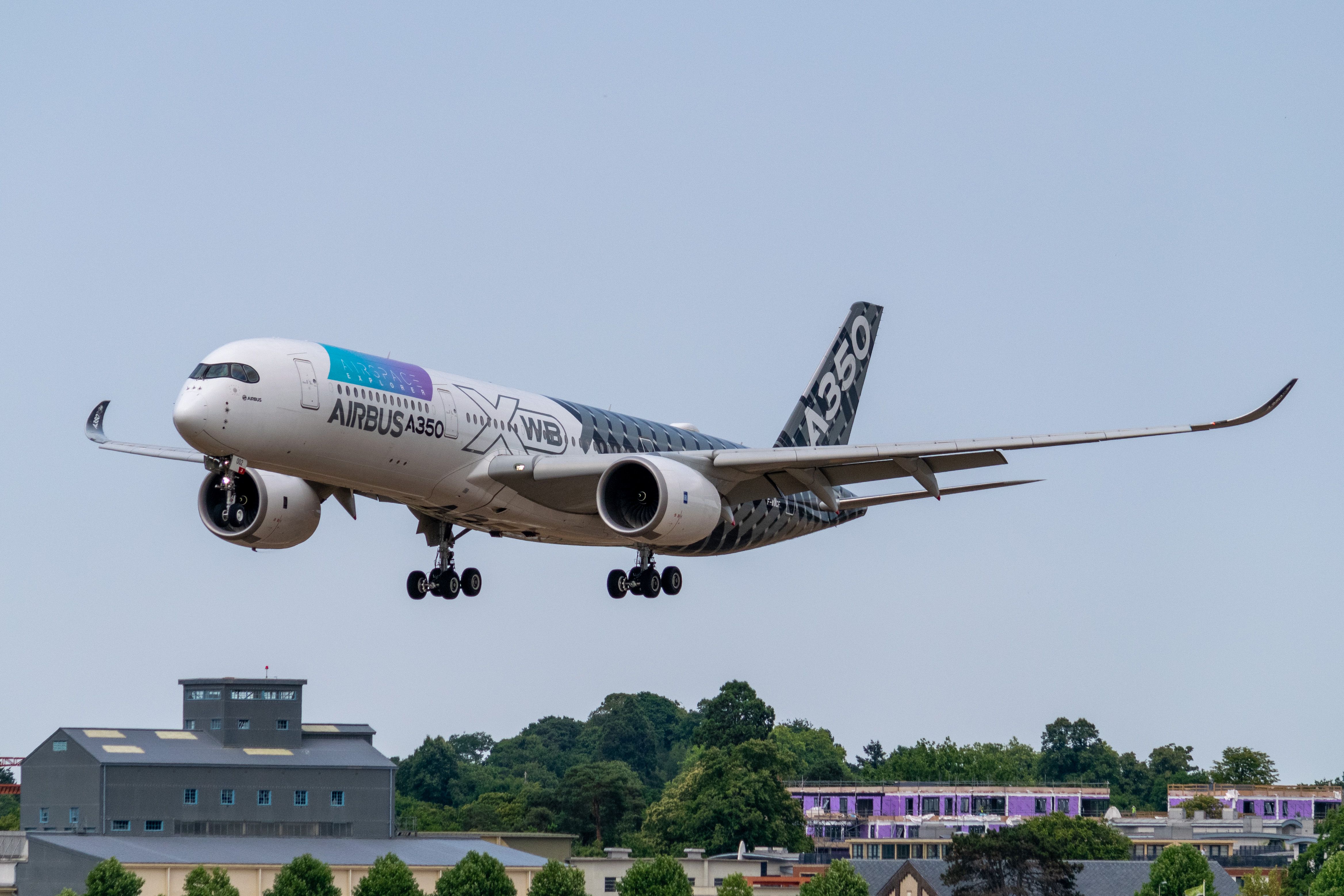
Related
Air India Challenge: IndiGo Could Buy 30 Airbus A350s For Long-Haul Fleet
The carrier might become the second operator of the A350s in India.
Getting dividends
However, there are other cases when airlines are planning for years in advance. Robert Isom, the CEO of American Airlines, outlined that the carrier has successfully navigated Boeing’s issues by investing in its fleet early, with the executive detailing that the company spent around $30 billion on new aircraft between 2014 and 2024, making the airline more leveraged than its competition.
Photo: Kevin Porter | Shutterstock
At the same time, American Airlines was the culprit of the Boeing 737 MAX. While its intentions were most likely to reduce its future Capital Expenditure (CapEx) on acquiring spare parts, training employees, and purchasing newly developed aircraft, the move to order 200 Boeing 737 aircraft, 100 of which were the still unannounced 737 MAXs during the Paris Air Show in 2011, has resulted in many problems for the industry and its stakeholders. The same order included the purchase of 260 Airbus A320 aircraft.
Still, American Airlines was the early bird, and it got to the worm: it had favorable delivery slots for the type, and according to ch-aviation data, it now has 60 Boeing 737 MAX aircraft in its fleet, making it one of the largest operators of the type.
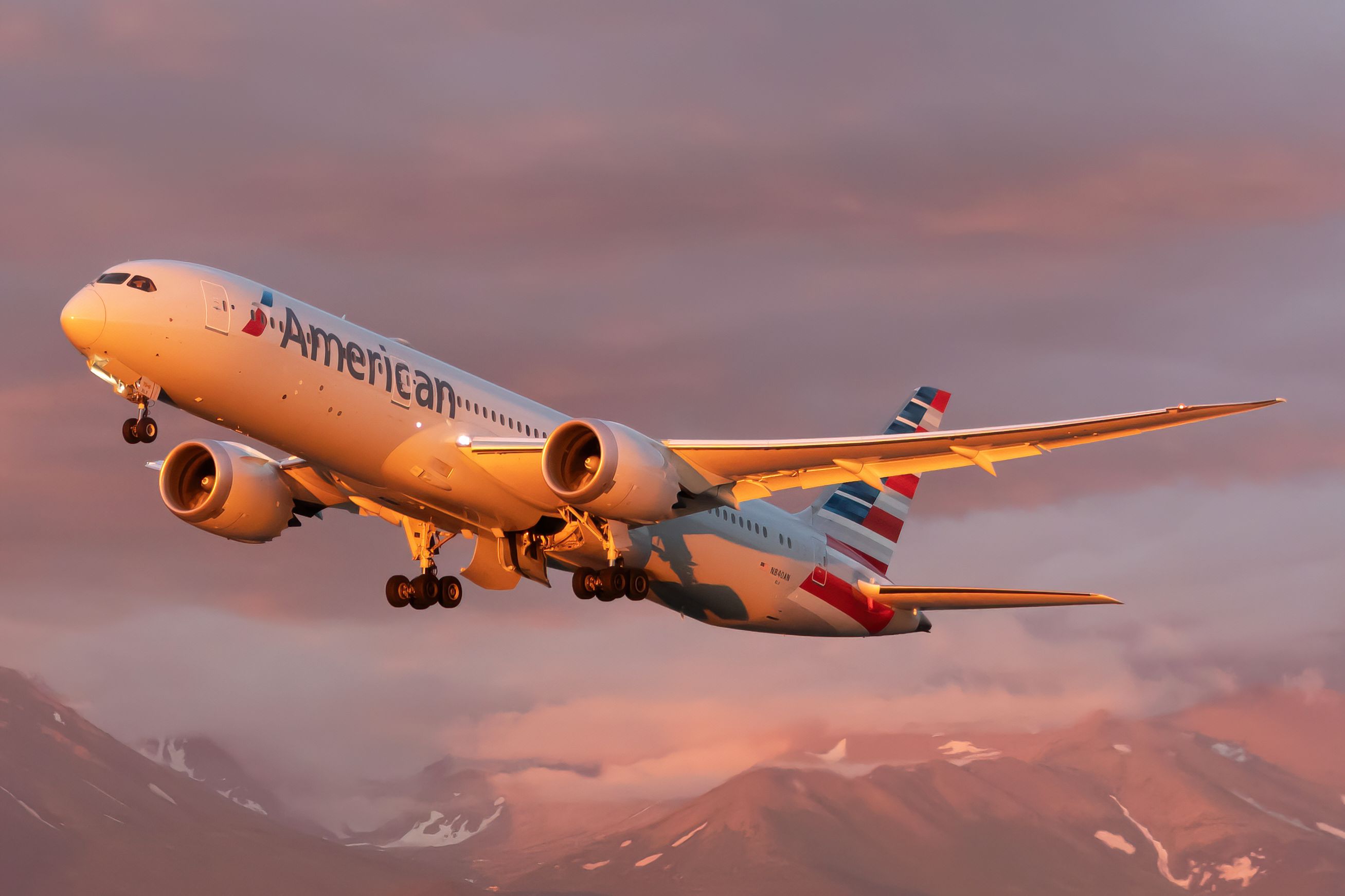
Related
How American Airlines’ $30bn Bet Reduced Its Exposure To Boeing’s Fallout
While other airlines are explaining away poor financial performance with Boeing’s issues, American has made itself a cushion to fall back upon.
Retiring aircraft from the fleet
Linked to future demand is the need to replace aging aircraft. While airlines – with rare exceptions, such as JetBlue – are always planning for growth, there is a need to replace existing aircraft in the fleet as they age. Older aircraft become more expensive to maintain and less reliable to operate and have to be replaced.
Airlines consider several factors when retiring aircraft. While operating costs are one, there are several factors: stricter emissions standards and related fees and/or taxes, maintenance intervals, and technological advancements of new-generation aircraft.
Photo: Jake Hardiman | Simple Flying
We have seen this recently, and in many cases too early, with the Airbus A380. While the end of the production of the A380 was announced before the pandemic, the two-year-long crisis resulted in many airlines accelerating the retirement of their double-deckers. However, when travel demand came roaring back in 2022, airlines had to move quickly and restore their fleets of the type.
|
Airbus A380 flights, with data from the aviation analytics company Cirium |
Average weekly departures in 2019 |
Average weekly departures in 2024 |
|
2,288 |
1,636 |
Especially as there was no replacement for it, at least an indirect replacement. The Boeing 777X, which can seat up to 426 passengers in a two-class configuration, is short of the Airbus A380’s capacity, it remains the closest twin-engine widebody to the A380 in terms of the number of people it could seat.
However, with Boeing still struggling to certify aircraft and Airbus and Boeing having issues with their supply chains, airlines do not have enough long-haul aircraft to operate, forcing them to either keep their more inefficient aircraft for longer or, in the case of the A380, bring them back to service.
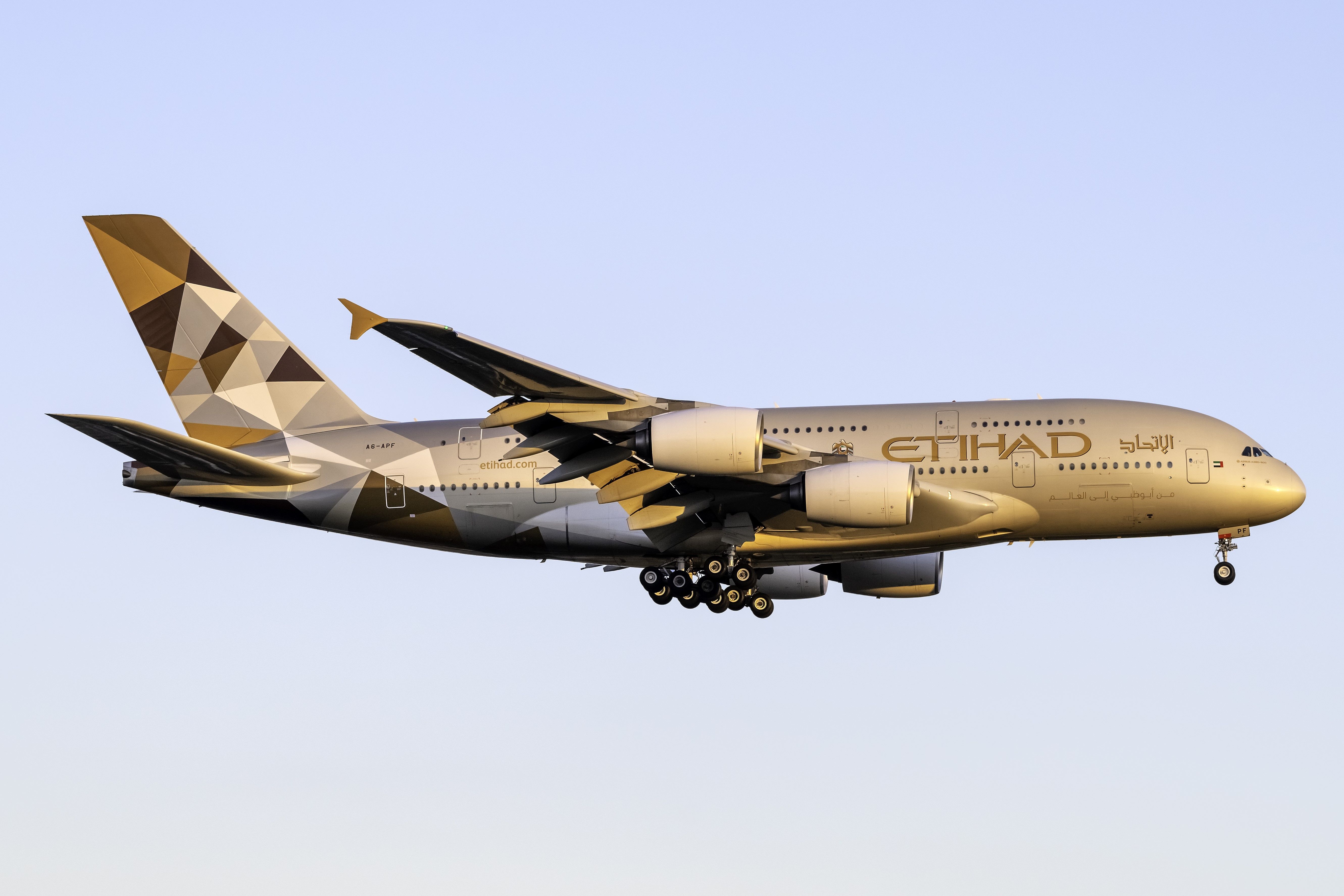
Related
Another Etihad Airways Airbus A380 Returns To Service
This will be Etihad Airways’ fifth active Airbus A380 once the double-decker returns from heavy maintenance.
Nevertheless, airlines have lined up to buy the 777X. Consider Emirates’ huge Boeing 777X order, for example. This was the largest aircraft order in recent times. Its 2013 order for 150 new Boeing 777X aircraft was valued at $76 billion (the order has since been amended).
Photo: Tom Boon | Simple Flying
These will replace retiring aircraft in its current fleet, but not for some time. When the order was placed, aircraft were expected to enter service in 2020. With ongoing delays to the 777X program, it will be at least 2025 before it gets any aircraft.
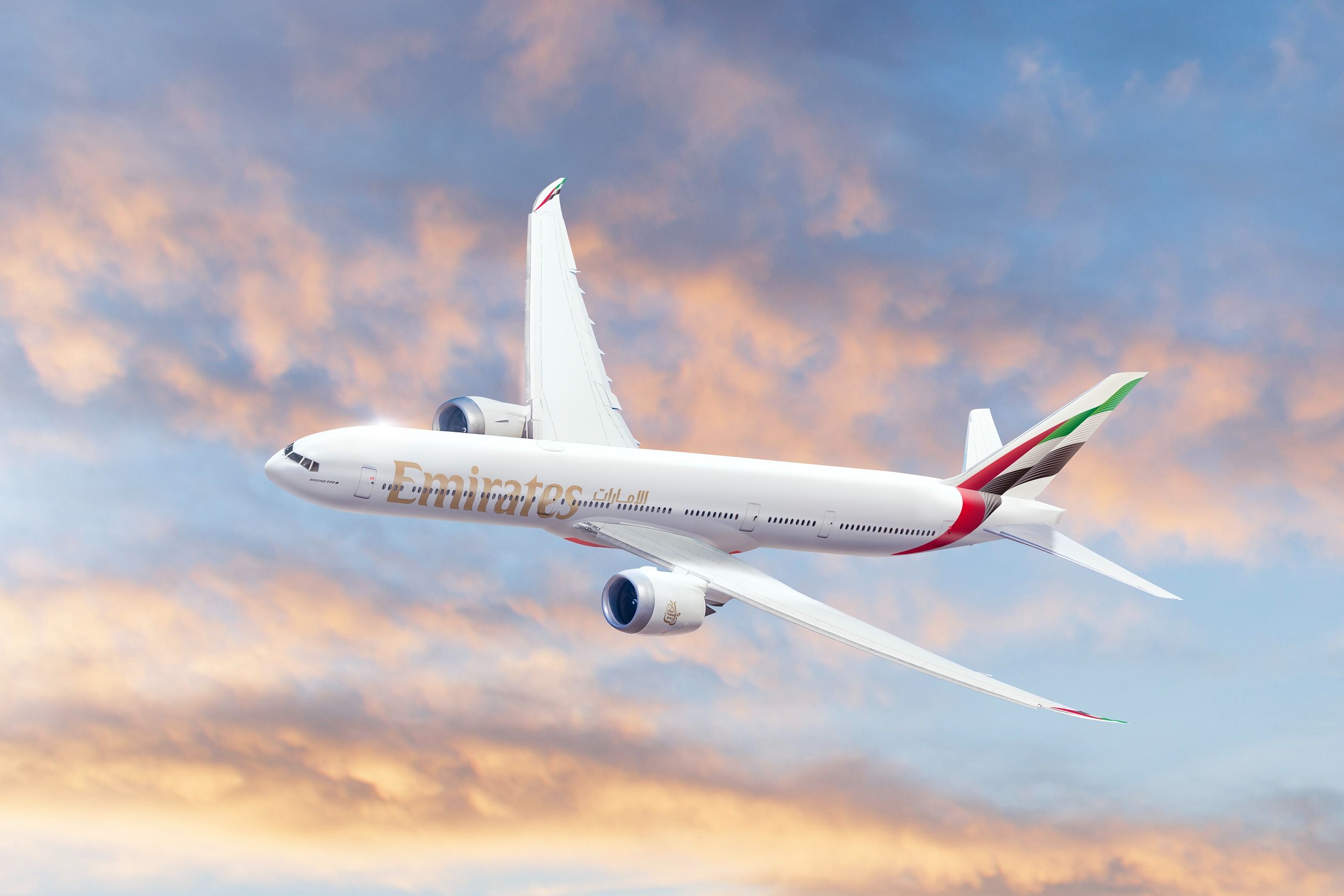
Related
Emirates CEO Warns Boeing Could Delay 777X Deliveries To 2026
This would mean that Boeing would deliver the first 777X six years after the initially planned delivery date.
Current fleet and aircraft commonality
Operational considerations for aircraft are another important factor. Airlines need to schedule aircraft on different routes, have pilots and cabin crew available for aircraft, and handle light and heavy maintenance. These operational aspects are simplified with a more streamlined fleet. Operating several different types of aircraft may have advantages for certain routes or loads but will add operational complexity.
Having aircraft of the same type simplifies maintenance contracts and aircraft scheduling. It also critically enables flexible crew deployment. Note that many aircraft share the same type rating for pilots (such as all the 737 family aircraft, all the A320 family, and the Boeing 757 and 767).
Photo: Markus Mainka | Shutterstock
A number of airlines take this to the extreme with just one aircraft type. For example, Southwest Airlines, easyJet, and airBaltic operate a single-type fleet. You are unlikely to see these airlines order other aircraft types without a major strategy re-think.
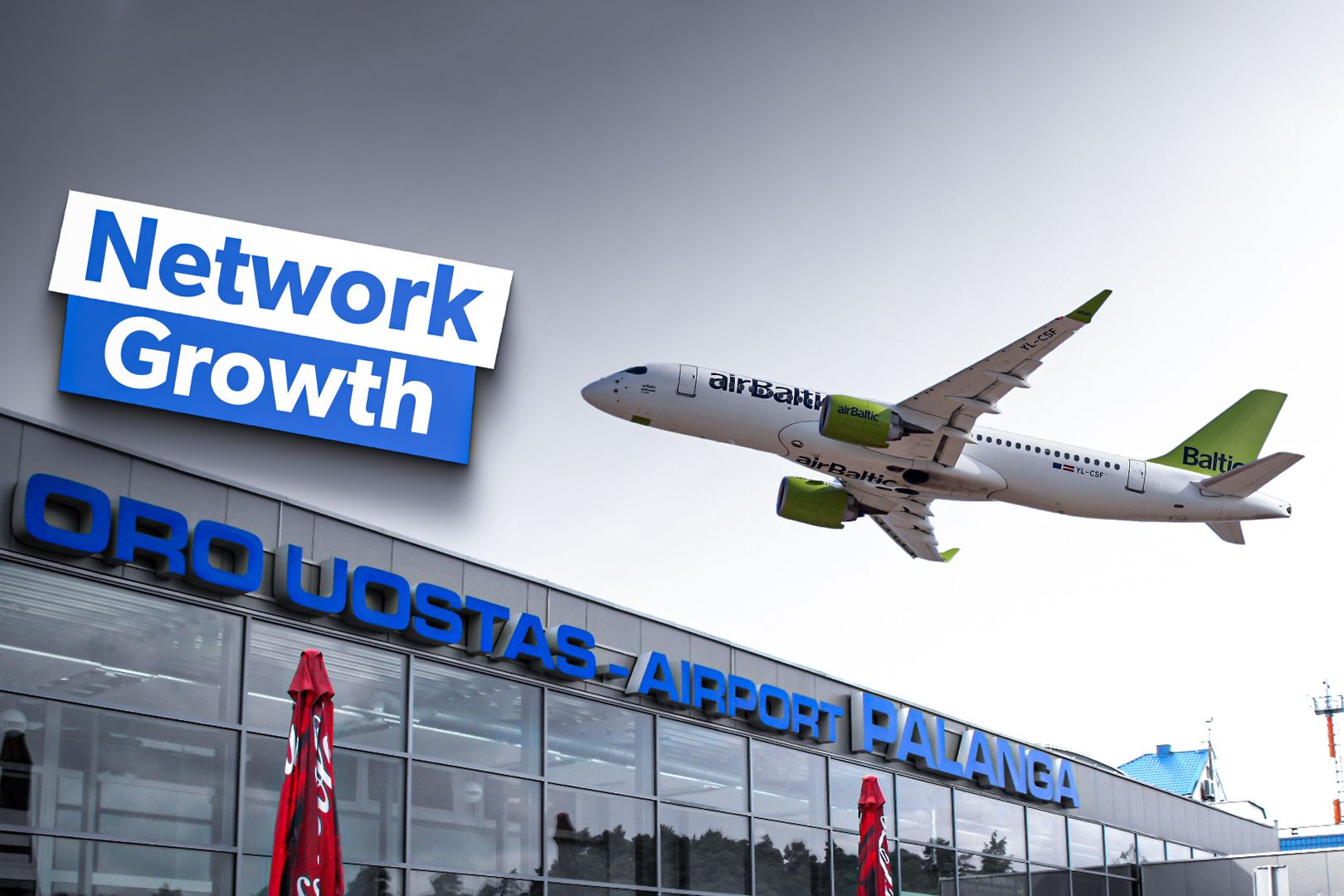
Related
Analysis: How One airBaltic Flight Has Added 100s Of Destinations To Palanga’s Route Network
This is how codeshare agreements and a single new destination added 100s of one-stop destinations to a small, Lithuanian airport’s network.
There are departures from this, though. Delta Air Line’s large Boeing 737 MAX 10 order (for 100 aircraft with 30 further options) at the recent Farnborough Airshow is one recent example. This was the first significant Boeing order from Delta Air Lines in over 10 years and its first adoption of the 737 MAX. It already operates the Airbus A220, A319, A320, A321, and the Boeing 717, 737-800, 737-900, and 757.
Photo: Justin Hayward | Simple Flying
Stay informed: Sign up for our daily and weekly aviation news digests.
Price – and deals with manufacturers
The price paid is important when you buy anything, and it’s the same for airline orders. All aircraft have a list price quoted by the manufacturer, and airlines will consider this alongside alternatives with similar specifications. Existing relationships with manufacturers and discounts/offers for larger orders are important here.
In practice, however, airlines rarely pay the full list price for new aircraft. This is standard practice in the industry and happens for a number of reasons. This includes taking into account inflation (with aircraft orders often placed many years before delivery), currency fluctuations, future price changes (in either direction), and, of course, allowing attractive discounts or volume pricing as part of negotiations.
The exact price paid is not always disclosed. However, Airbus has to quote the net value of their orders under tax rules. Simple Flying took a look at these numbers pre-COVID (for 2018), with the manufacturer offering an average discount of around 50% off the list price.
Photo: Airbus
Aircraft resale value is often an important consideration, too. Many airlines will renew aircraft while they still have operational life left and will want to think about type and configuration for a potential future resale.
There are plenty more factors that affect airline orders for aircraft. Some of these are common to all airlines, while others may be more specific for certain airlines or regions. We have looked a just a few here. Feel free to bring up others and discuss them in the comments.

